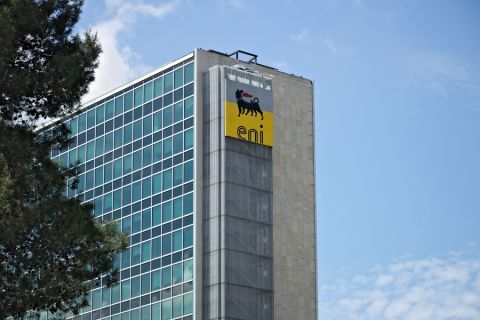A few months ago, I was visiting with a group of operator customers at their office in the Northeast US. A young production engineer met me at reception, and we chatted as we made our way to the conference room where our meeting was taking place. I asked him how he liked his job, to which he replied, “I like the company a lot, but I’m trying to get transferred over to drilling.”
And so it goes with production engineers throughout the US and probably the world. The seemingly mundane life of a production engineer takes a back seat to the wild and gritty life of a drilling engineer. Pictures comparing the two tell it all. Drilling engineers are typically photographed on the rig floor, with dirty coveralls and mud everywhere, surrounded by rotating drill pipe, spinning wrenches, and chain tongs. Production engineers, however, show up in clean coveralls and a white hard hat and stand next to a wellhead as they log information into a laptop. Which role sounds like more fun?
Think about where we have come in the past few years regarding well count and footage drilled. Using data from Spears and Associates, even when taking into account the economic downturn of 2008 to 2009, the number of wells being drilled in the US over the past five years has remained steady, compared to the previous five years, while the footage drilled has increased by almost 20%. It has been a very good time to be a drilling engineer. But I think that the importance of the production engineer is undergoing a rapid change, at least in the mind of many operators.
Let’s look at what is happening in the market now. Natural gas prices remain soft, so more new wells are shifting over to those that can produce NGLs and oil. As operators begin to focus less on dry gas areas, the US rig count is slowly declining, and in turn we are starting to drill fewer wells. The higher liquid production rates for the new wells that operators are focusing on are driving a quicker onset of artificial lift needs. Operators are starting to discuss a philosophy of making the most out of the wells they have. Which strategy produces the best return on investment for the current business climate? Should an operator drill one new well, or should it use that money to perform maintenance and optimization on, say, 50 producing wells? As operators shift their strategy and make adjustments for the current environment, the production engineer starts to play a more prominent role than before. Production engineering is valuable to operators that want to maximize earnings. Production engineers have the best understanding of what methods and technologies are going to be most effective in increasing the returns from wells that have already been drilled.
There also remains a disconnect between geologists and drilling engineers, and now production engineers, on how a well should be drilled and completed to maximize its ultimate recovery. Some operators are questioning if longer laterals always result in the best-producing wells. Longer laterals are good at tying up more acreage, but do they always translate into higher production rates? Should wells be drilled with a toe-up or toe-down profile? How many frac stages are optimal for maximum ultimate recovery? Work is underway by the Artificial Lift Research and Development Council (comprised primarily of production engineers) to answer specific questions related to producing horizontal wells. Other efforts are more localized in operator companies or even asset teams. The approach may be something as simple as comparing producing wells in a field or region and then drawing conclusions on the best drilling and completion methods from a small sample. These projects are under way, and the findings will steer the strategic direction for many of the companies that are developing unconventional assets in the US. These projects are being led primarily by production engineers.
So the importance of engineering roles inside operating companies is changing, and production engineers are not always taking a back seat to the drilling guys anymore. I am waiting for the day when I am sitting among a group of drilling engineers and one of them says, “I want to be where I can deliver more value for my company, and that is why I am transferring over to production.”
Recommended Reading
TPH: Lower 48 to Shed Rigs Through 3Q Before Gas Plays Rebound
2024-03-13 - TPH&Co. analysis shows the Permian Basin will lose rigs near term, but as activity in gassy plays ticks up later this year, the Permian may be headed towards muted activity into 2025.
Repsol to Drop Marcellus Rig in June
2024-04-26 - Spain’s Repsol plans to drop its Marcellus Shale rig in June and reduce capex in the play due to the current U.S. gas price environment, CEO Josu Jon Imaz told analysts during a quarterly webcast.
E&P Highlights: April 15, 2024
2024-04-15 - Here’s a roundup of the latest E&P headlines, including an ultra-deepwater discovery and new contract awards.
E&P Highlights: March 15, 2024
2024-03-15 - Here’s a roundup of the latest E&P headlines, including a new discovery and offshore contract awards.
TotalEnergies Acquires Eagle Ford Interest, Ups Texas NatGas Production
2024-04-08 - TotalEnergies’ 20% interest in the Eagle Ford’s Dorado Field will increase its natural gas production in Texas by 50 MMcf/d in 2024.





